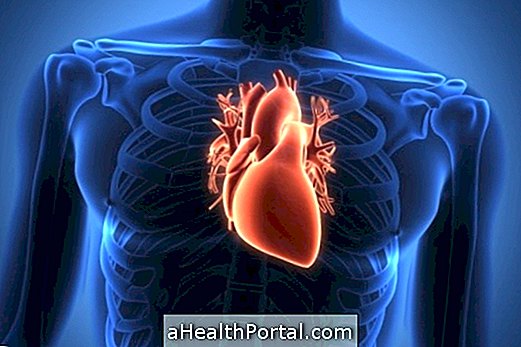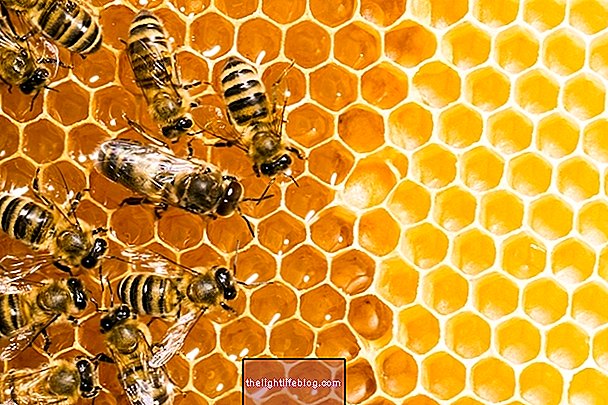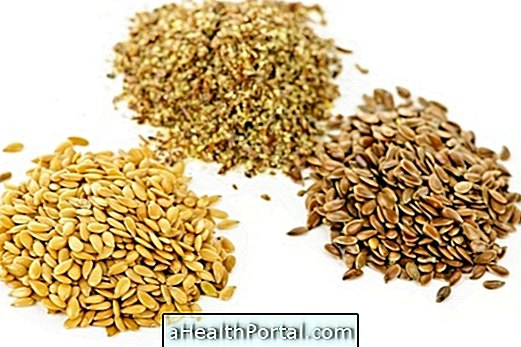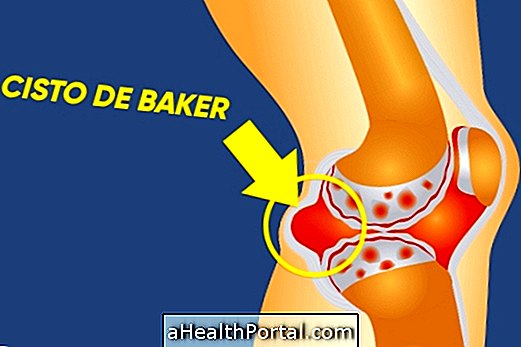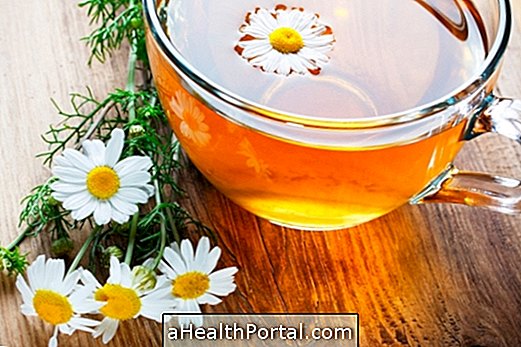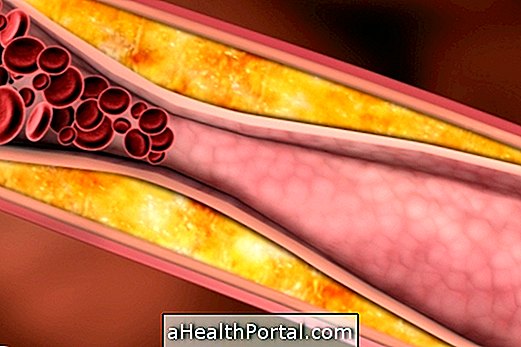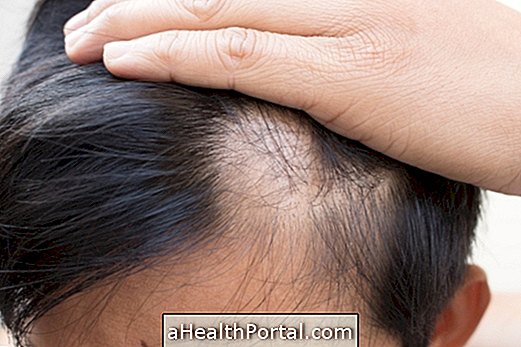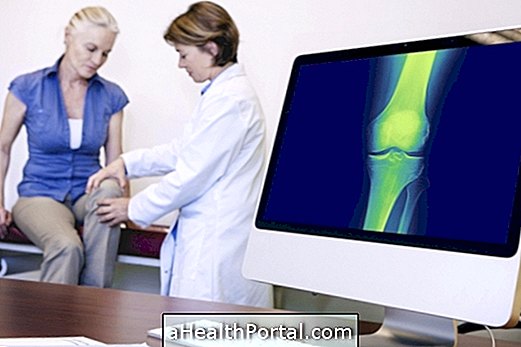Rosacea is a skin disease that causes redness in the face, especially on the cheeks, but it can also affect the eyes, being called eye rosacea. Rosacea may manifest due to environmental changes such as excess heat, or they may be related to the emotional system, such as anxiety and nervousness, for example.
Rosacea is more common in fair-skinned women between the ages of 30 and 60 who appear pink when they feel embarrassed or do physical exercise.
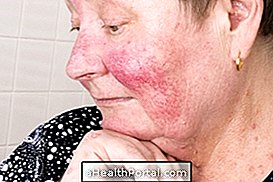

In rosacea there is a change in the small blood vessels of the face, and so this change does not have a definitive cure, but it can reduce the redness of the face and the eyes with some simple care. A good tip to lessen the redness of the face is to wash your face with cold water for a few minutes.
Main symptoms
The signs and symptoms of rosacea may appear on the forehead, nose, cheeks and, in some cases, ears. The most frequent symptoms are:
- Redness and a feeling of warmth in the skin;
- Increased skin sensitivity;
- Presence of small vases on the face;
- Facial edema;
- Papulo-pustular lesions, which are high lesions on the skin that may contain pus;
- Increase of sebaceous glands, characterizing the foramen, being more common the rhinophyma;
- Dry skin.
The skin of the person with rosacea is very sensitive even to some soaps, so you should go to the dermatologist for the diagnosis and the best type of soap is indicated, as well as medicines if signs of inflammation or infection.
Some situations that favor rosacea are prolonged exposure to the sun, excessive consumption of alcohol and hot drinks, stress, fungal or bacterial infections, and spicy foods.
Treatment for rosacea
The treatment for rosacea is indicated by the dermatologist and can be done with the application of creams or solutions in the regions affected or with the use of antibiotics or anti-inflammatories, depending on their cause. Usually the patient with rosacea can only have simple care like always using a moisturizing or neutral soap and moisturize the skin with cream or lotion for sensitive skin to control the redness of the skin. Learn more about rosacea treatment.
Rosacea has no cure, but treatment and control. There are some home-made options for treating rosacea, such as aloe vera and rose water. Here's how home treatment for rosacea is done.

How is the diagnosis made?
The diagnosis of rosacea is made by the dermatologist from the observation of the signs and symptoms of the patient. However, additional tests may be ordered to eliminate other possible diseases, such as leukemia, systemic lupus erythematosus, ringworm and acne rosacea. See what the types of acne are and how the treatment is done.
Types of Rosacea
Rosacea presents four clinical forms, which are:
- Rosacea erythematotelangiectasia: This type of rosacea is characterized by the presence of prolonged and recurring redness in the nose and cheeks, in addition to the presence of telangiectasias, which are small vessels. The skin usually becomes very sensitive after the use of perfumes, cosmetics and sunscreen on the face;
- Rosacea papulopustulosa: there is the appearance of papules and pustules, which are elevations in the skin, of solid consistency and that are formed by pus;
- Rosacea: is characterized by hyperplasia of the sebaceous glands, which leads to the appearance of masses or lumps in the ears, cheeks and, more often, in the nose, being called rhinophyma. Understand what rhinophyma is and how the treatment is done;
- Ocular rosacea: it is the most frequent clinical form of rosacea and occurs in about 50% of the people who are diagnosed with this disease. It is characterized by the sensation of dryness, redness and pain in the eyes. Learn more about eye rosacea.
In addition to the four clinical forms of rosacea, there are still three variants, which are granulomatous, conglobate and fulminant, which is the most severe form of rosacea, progressing within a few days and eliminating purulent fluid.
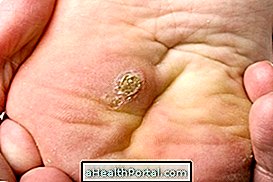
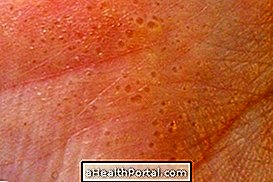
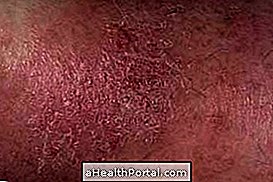


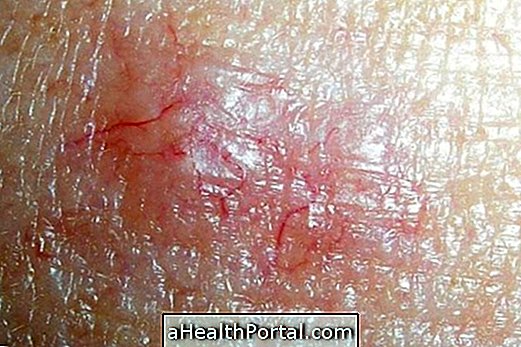


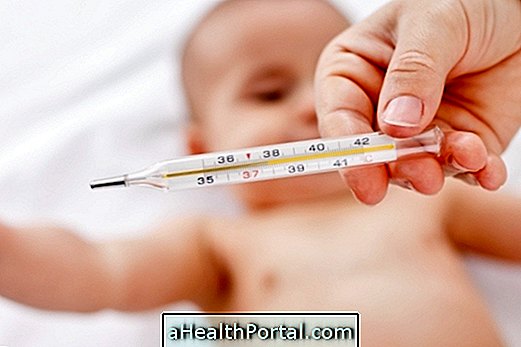
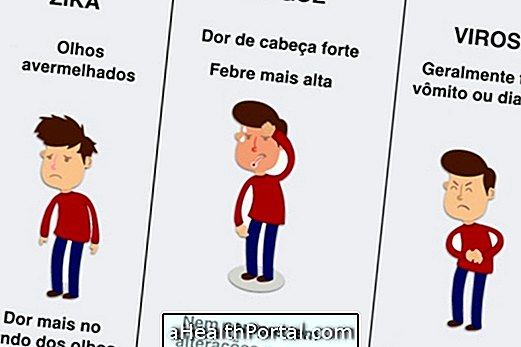

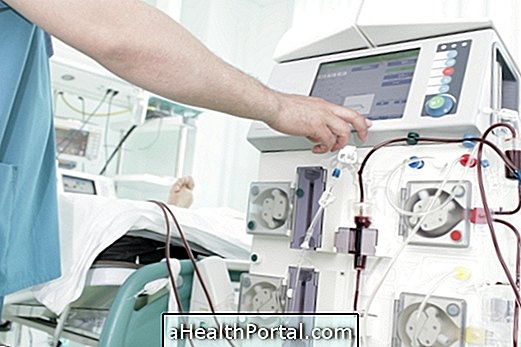
-o-que--sintomas-e-tratamento.jpg)
